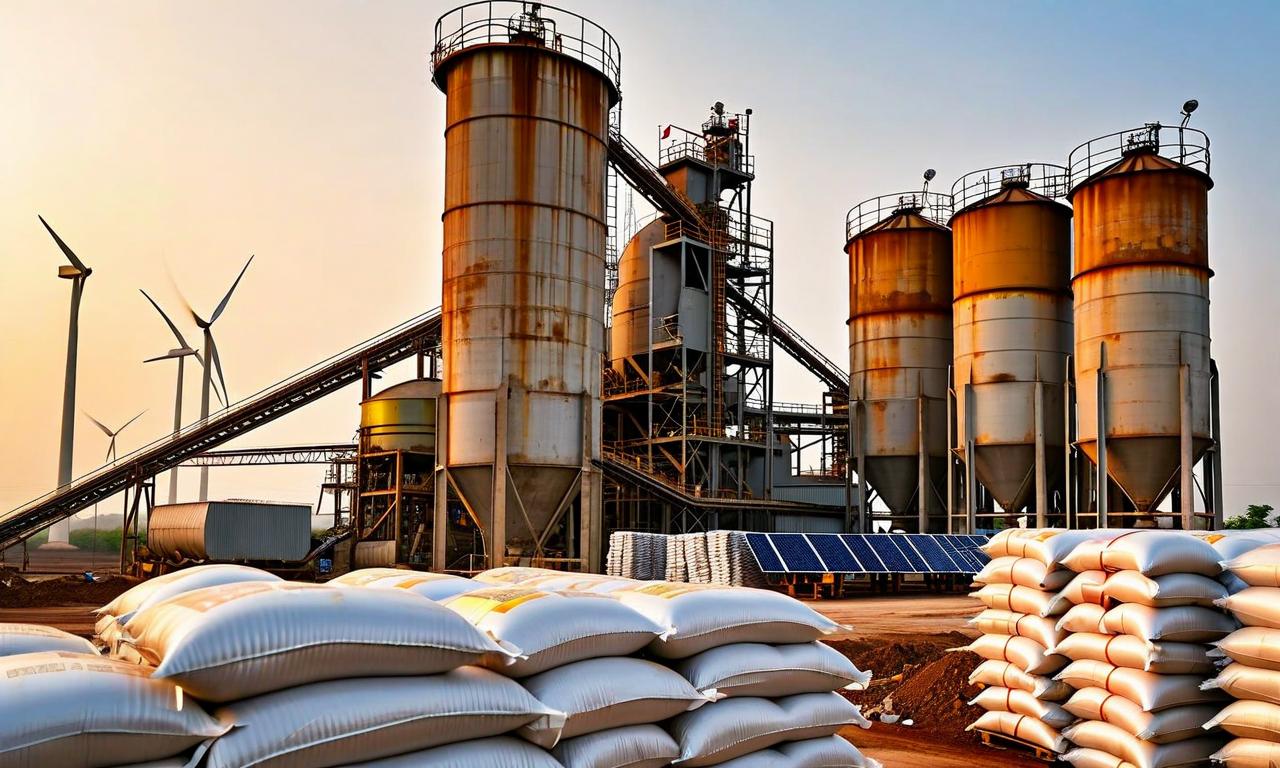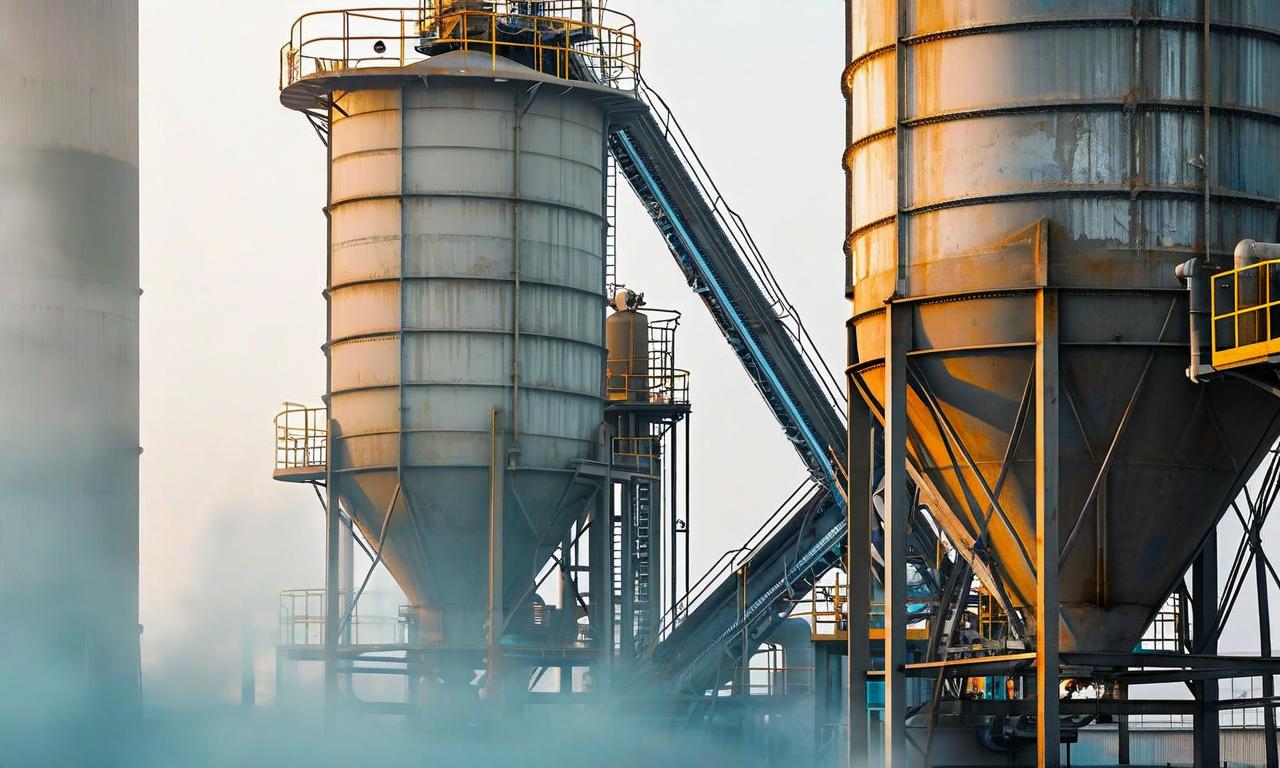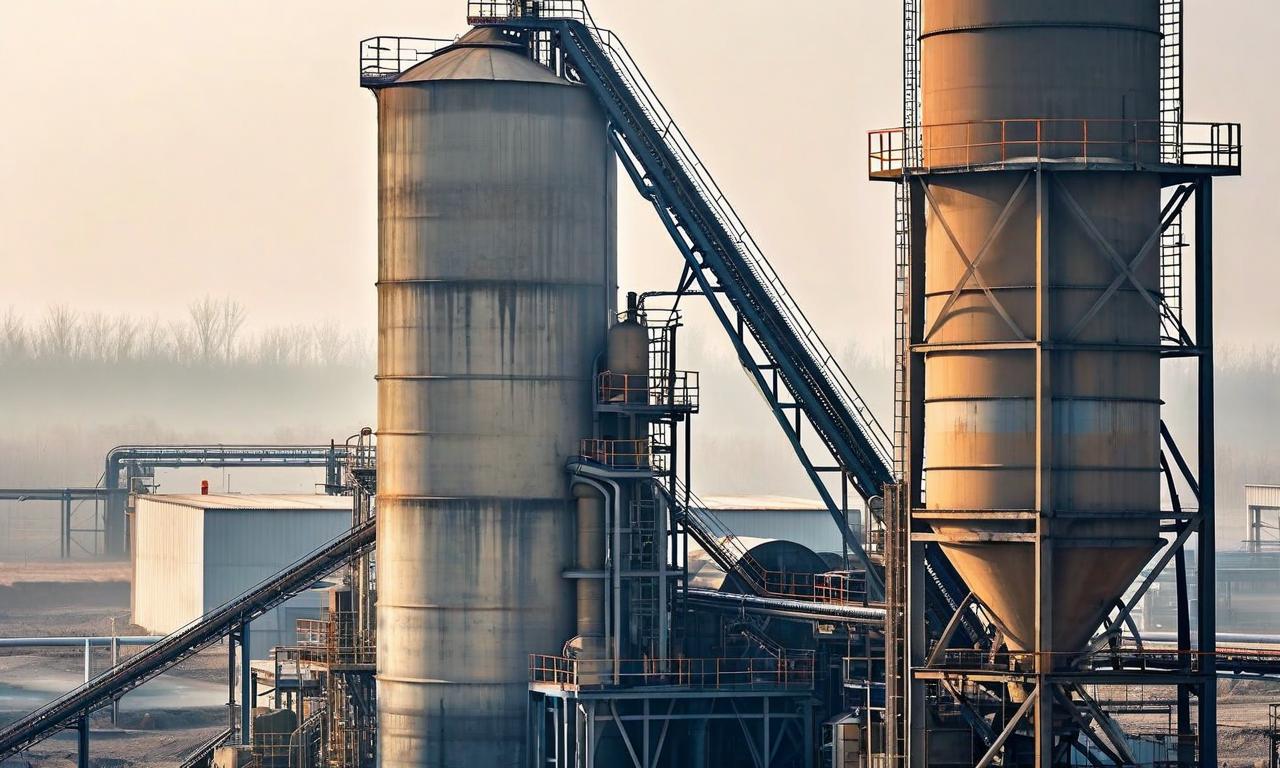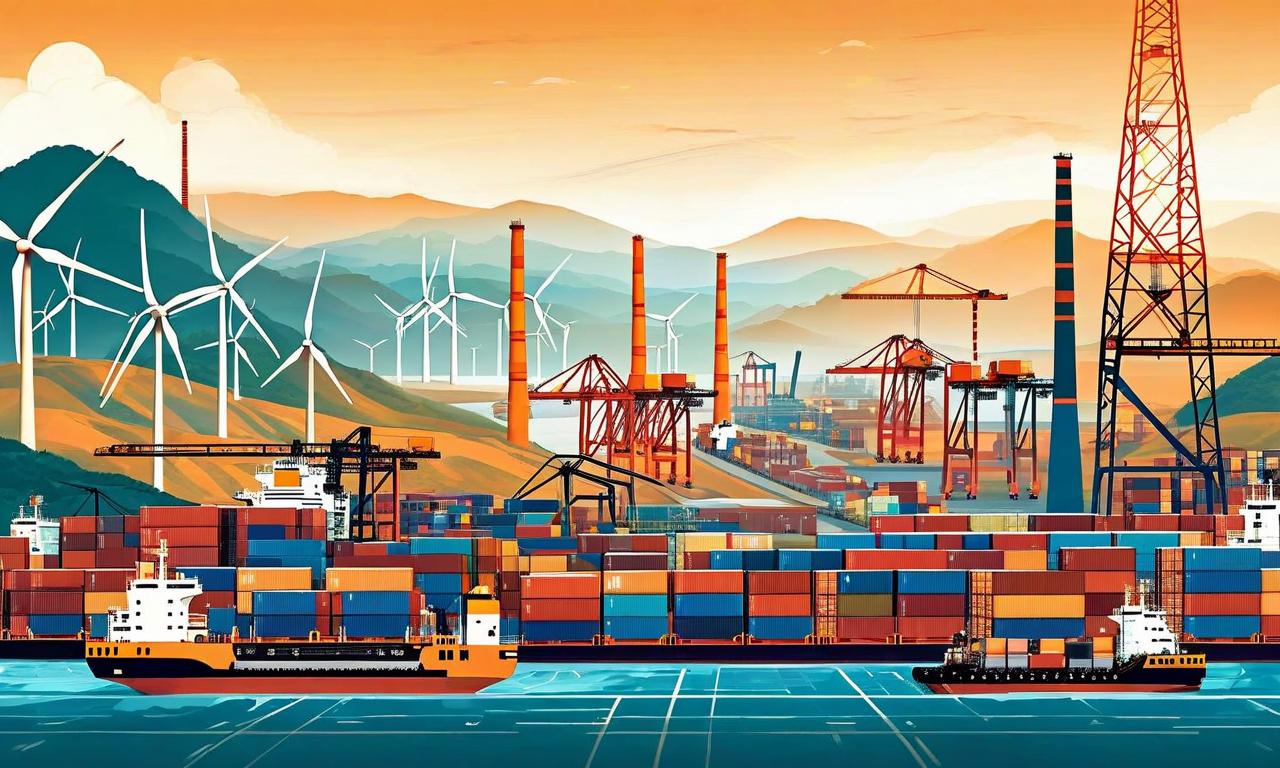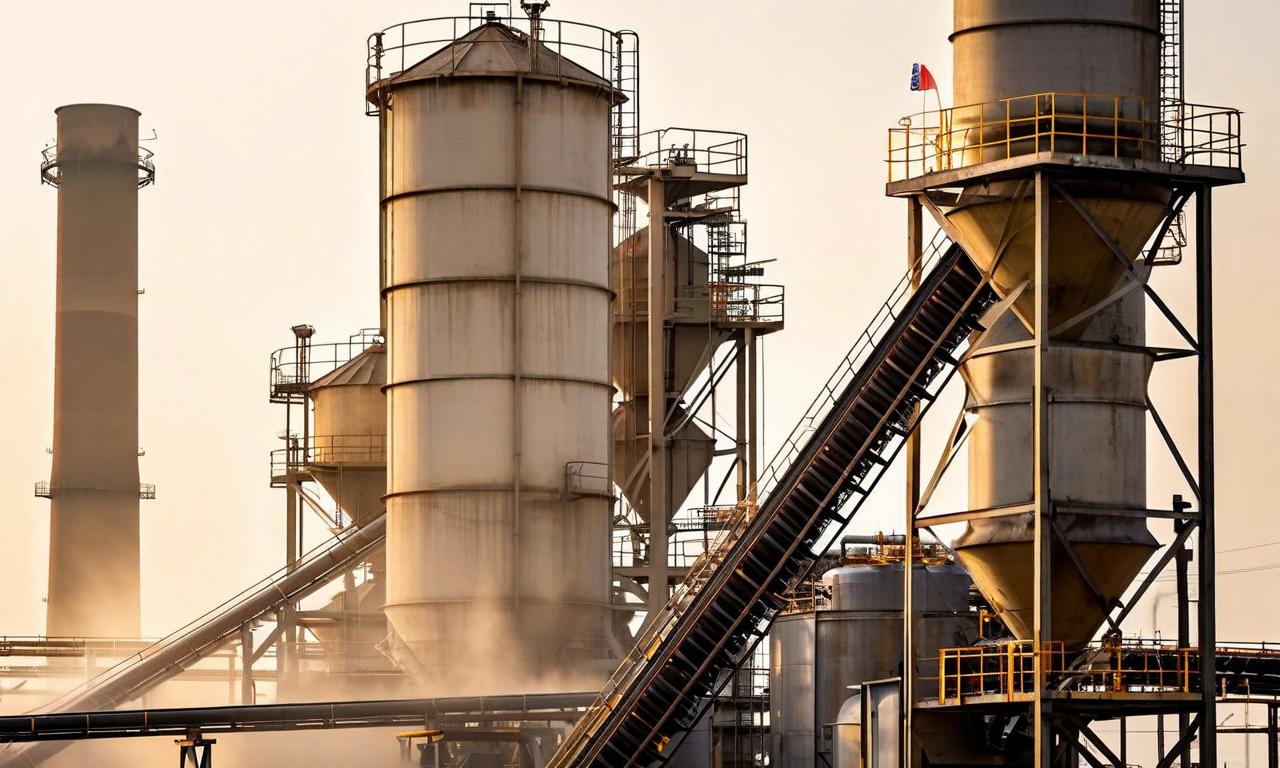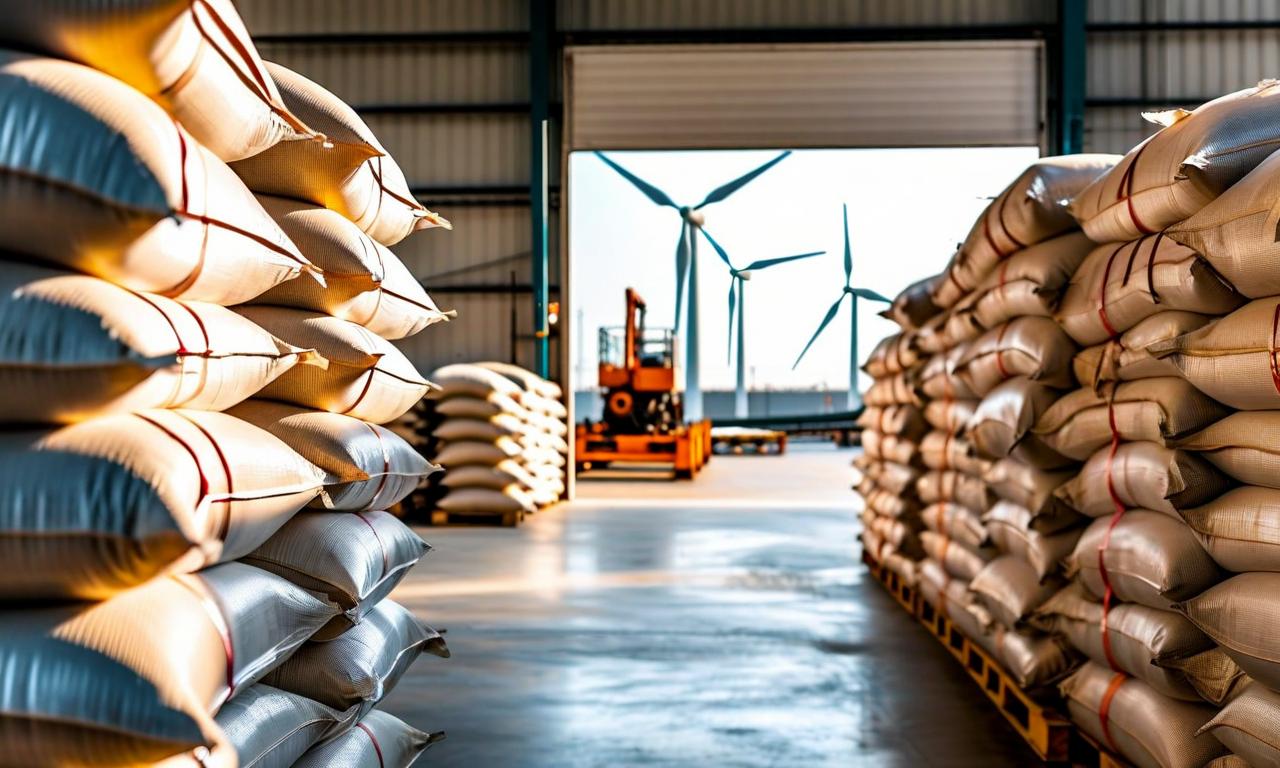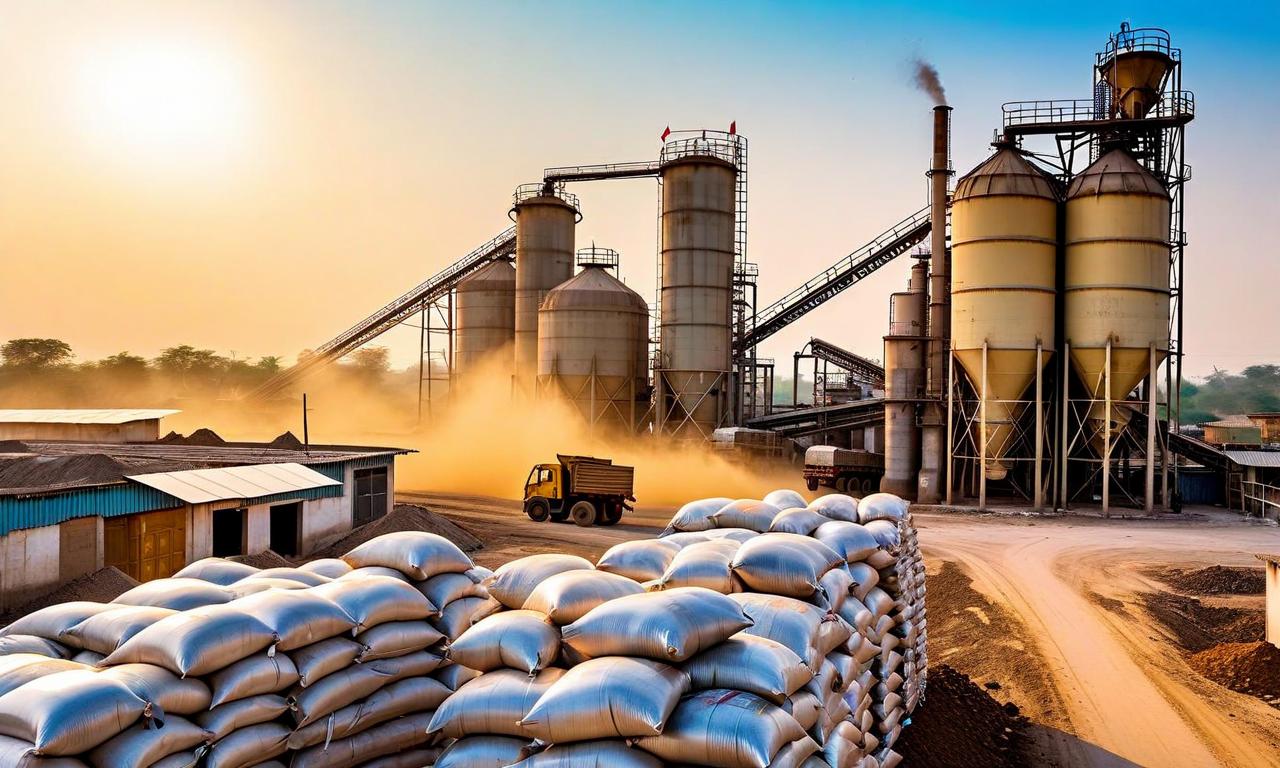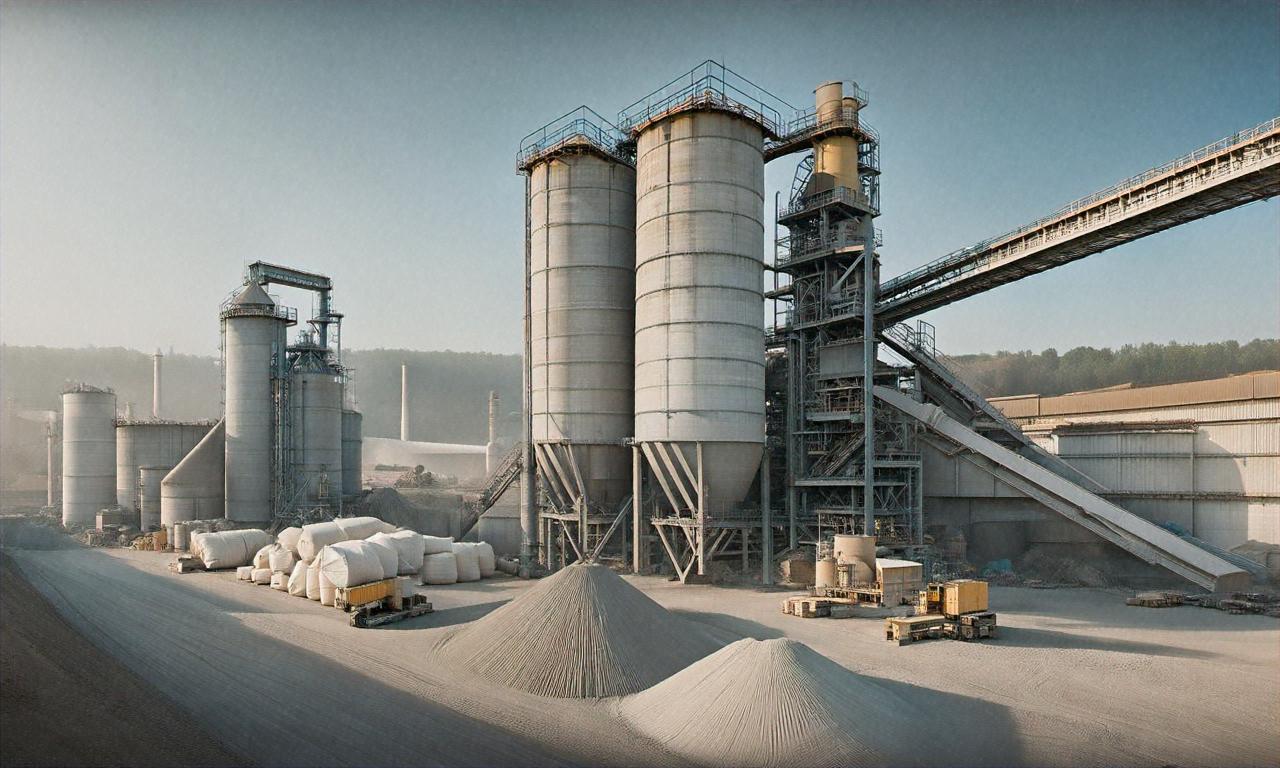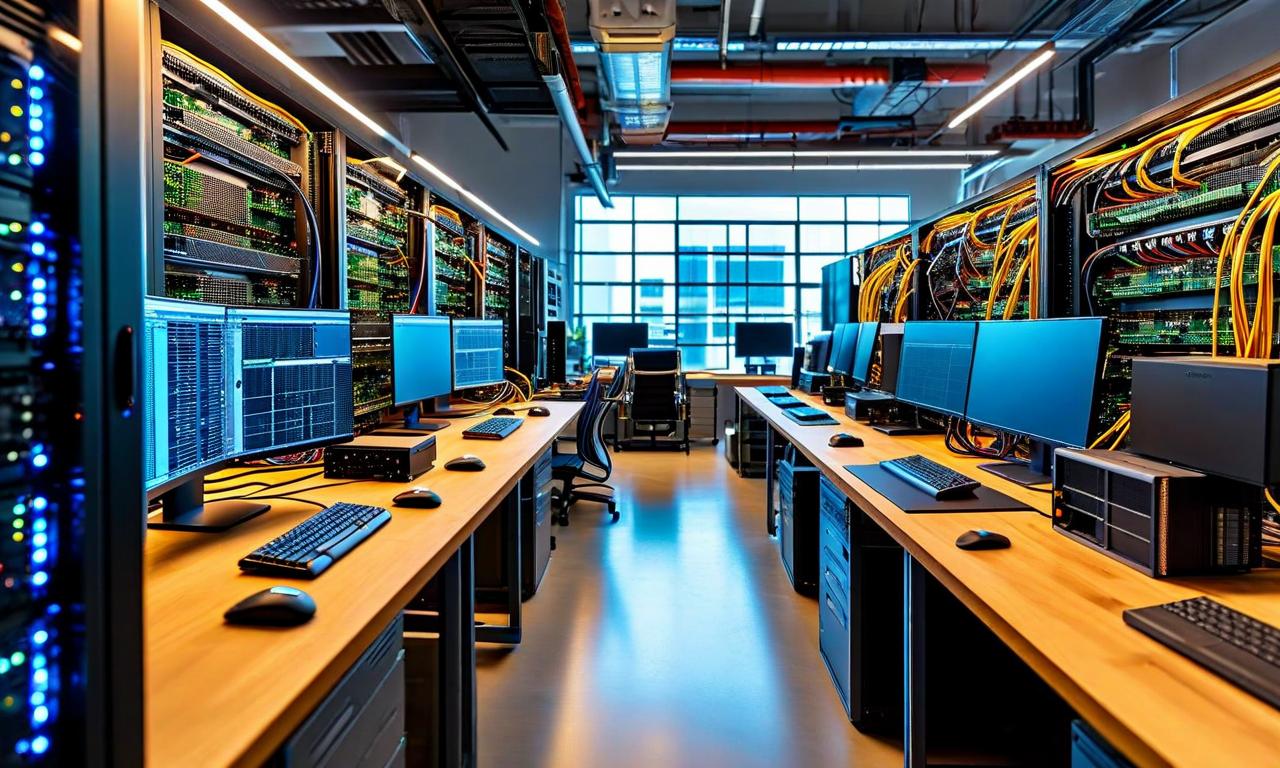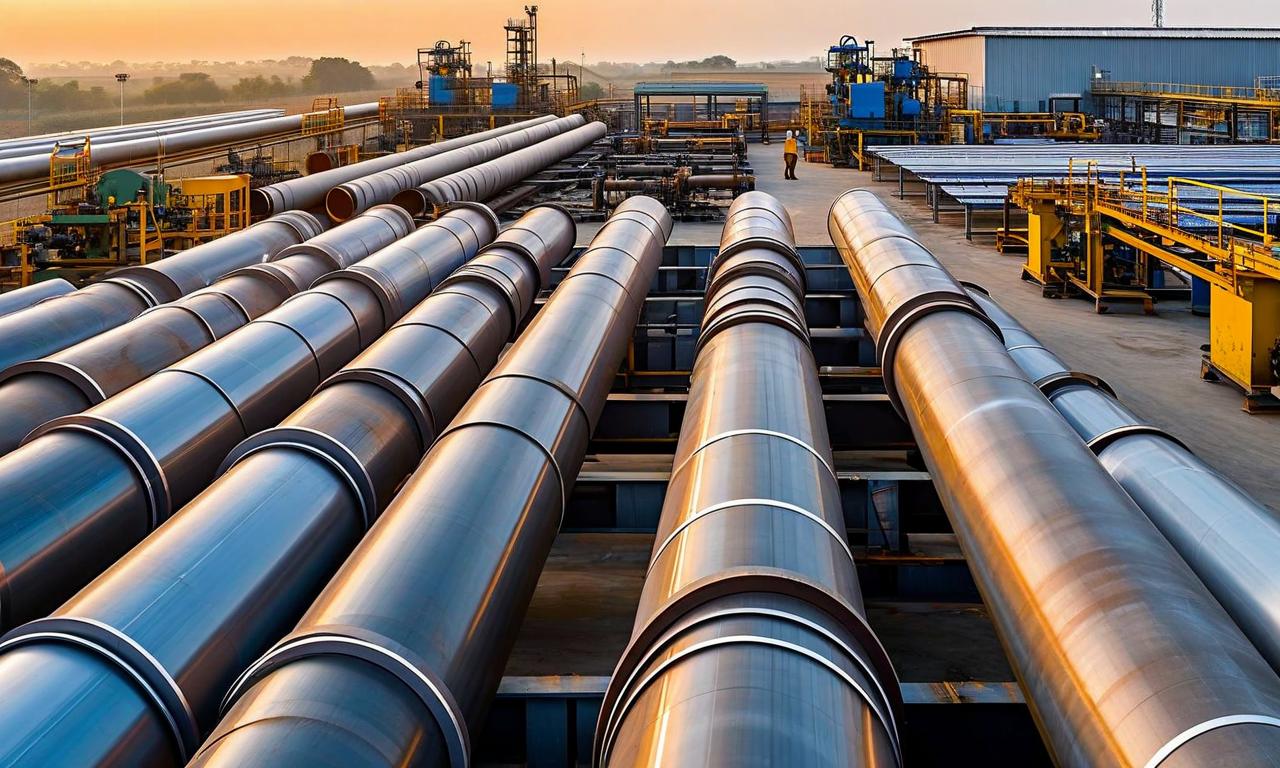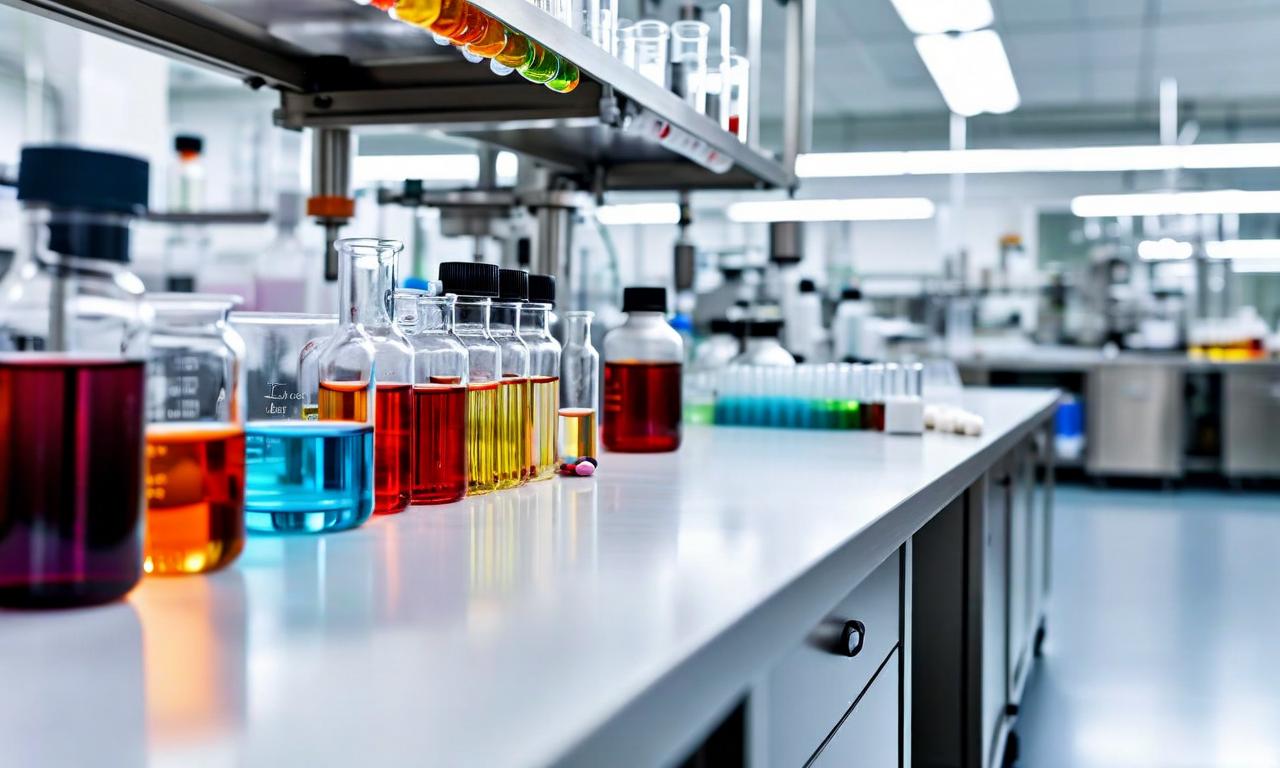Adani Cement Pioneers Decarbonization with World's First Commercial RotoDynamic Heater
Adani Cement is partnering with Coolbrook to implement the world's first commercial RotoDynamic Heater™ (RDH™) technology at its Boyareddypalli plant in Andhra Pradesh. This initiative aims to decarbonize cement production, potentially reducing CO₂ emissions by 60,000 tonnes annually. The RDH™ system will use renewable energy to provide clean heat for the calcination phase, traditionally the most fossil fuel-intensive part of cement production. Adani Cement plans to expand this technology across its operations, with at least five additional projects planned in the next two years. This move aligns with Adani's sustainability goals, including achieving net-zero emissions by 2050.
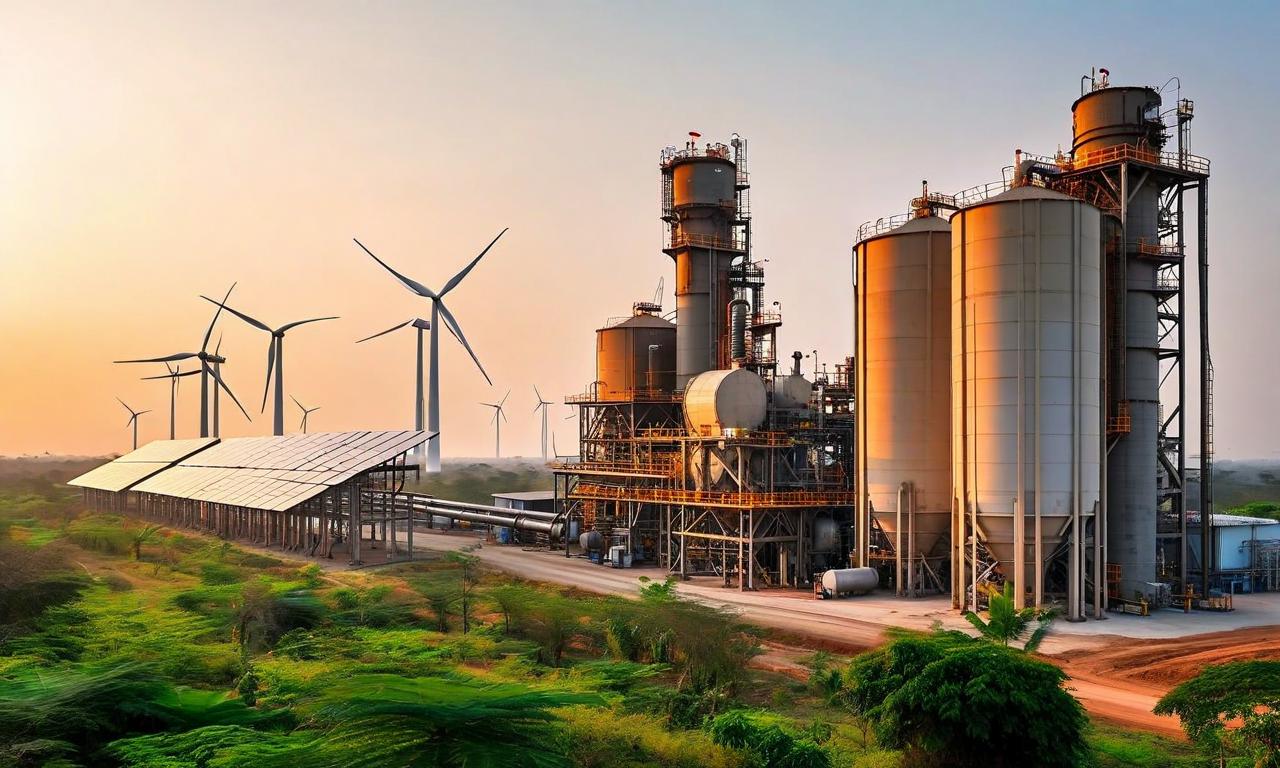
*this image is generated using AI for illustrative purposes only.
Adani Cement, a subsidiary of the Adani Group, has taken a significant step towards decarbonizing cement production by partnering with Coolbrook to deploy the world's first commercial RotoDynamic Heater™ (RDH™) technology. This groundbreaking initiative will be implemented at the Boyareddypalli Integrated Cement Plant in Andhra Pradesh, India, marking a pivotal moment in the global cement industry's efforts to reduce carbon emissions.
Key Highlights of the Partnership
- Technology: Coolbrook's RotoDynamic Heater™ (RDH™) technology
- Location: Boyareddypalli Integrated Cement Plant, Andhra Pradesh, India
- Expected CO₂ Reduction: ~60,000 tonnes annually, with potential to increase 10-fold
- Power Source: Adani Cement's renewable energy portfolio
- Target Temperature: Around 1000°C for hot gas delivery
Impact on Cement Production
The RDH™ system aims to decarbonize the calcination phase, which is traditionally the most fossil fuel-intensive stage of cement production. By providing clean heat for drying and enhancing alternative fuels, the technology is expected to significantly increase the substitution of fossil fuels with sustainable alternatives.
Adani Cement's Sustainability Goals
| Goal | Target | Timeline |
|---|---|---|
| Alternative Fuel Ratio | 30% | FY28 |
| Green Power Share | 60% | FY28 |
| Net-Zero Emissions | 100% | 2050 |
Vinod Bahety, CEO of Adani Group's Cement Business, emphasized the significance of this deployment: "This is a major leap towards achieving our net-zero goals. By integrating such cutting-edge electrification solutions into our cement production, we are accelerating the shift away from fossil fuels, reducing emissions at scale, enhancing the utilization of clean energy sources, and setting a new standard for low-carbon cement manufacturing."
Future Plans and Scalability
Adani Cement and Coolbrook have identified multiple opportunities for deploying RotoDynamic Technology across Adani's industrial operations. The companies aim to launch at least five additional projects within the next two years, demonstrating the scalability and potential for replication of this technology in the cement industry.
Industry Impact
This deployment positions Adani Cement at the forefront of India's efforts to become a global clean manufacturing cement hub. It also aligns with Adani Cement's broader sustainability initiatives, including its status as one of only four large-scale cement companies globally with Science Based Targets initiative (SBTi)-validated net-zero targets.
Joonas Rauramo, CEO of Coolbrook, stated, "Our mission is to make RotoDynamic Technology a new industry standard for decarbonizing hard-to-abate sectors. Together, we're redefining how cement is produced - cleaner, more efficient, and ready for a net-zero future."
As the cement industry continues to grapple with its significant carbon footprint, Adani Cement's pioneering deployment of the RDH™ technology sets a new benchmark for sustainable cement production. This initiative not only advances Adani's own sustainability goals but also paves the way for broader adoption of clean technologies in the global cement sector.
Historical Stock Returns for Sanghi Industries
| 1 Day | 5 Days | 1 Month | 6 Months | 1 Year | 5 Years |
|---|---|---|---|---|---|
| +0.08% | +0.45% | -2.33% | +3.66% | -7.89% | +88.43% |
